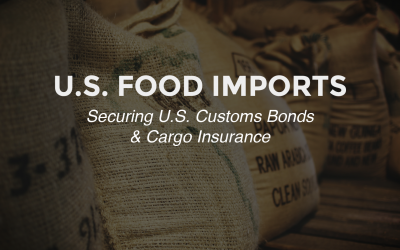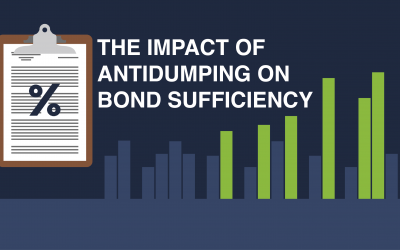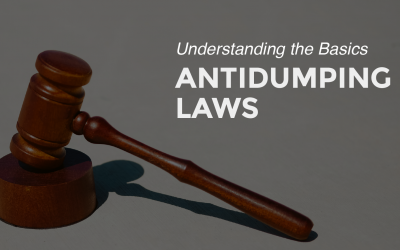In this post, TRG covers the subject of common Customs Duties; how they operate, and how they’re administered.
In a previous article, Customs Duties Deconstructed, we covered some of the less common, but highly important categories of Customs duties, like Anti-Dumping Duty, Countervailing Duty, Supplemental Duty, and everyone’s favorite, Duty-Free – which if you remember, is still a duty.
In this post, we’ll explore the most common types of duties, and how they are administered.
Specific Duty
Specific Duty is a rate that is based on a specific number of things. There are a multitude of measurements that can be considered in this rating; anything from lots ($____per dozen), to weight ($____per kilogram), to length ($____per yard, to single pieces ($____each).
Ad Valorem
Ad Valorem is a rate based on a percentage of a specific good’s monetary value. The initial value is rounded up to the nearest whole dollar, while the duty rate is not rounded, and must be exact. For example, if goods valued at $100,000.00 taxed at an 8% ad valorem duty rate, the duties would equal $8,000.00.
Compound
Compound rates combine specific duty rates with ad valorem duty rates. A totally hypothetical example of this would be 1200 toy cars, taxed at a compound rate, consisting of a specific duty rate of $10.00 per dozen, and an additional 10% ad valorem duty rate. The duties would equal $1,000.00 for the specific duty section, and $120.00 for the ad valorem duty section, for a total of $1,120.00 in duties.
Merchandise Processing Fee (MPF)
The Merchandise processing fee is charged at a consistent rate and covers the expenses necessary to process merchandise through Customs. This is a fee that almost every good will be subject to, barring a few exceptions, like goods that are part of free trade agreements.
Harbor Maintenance Fee (HMF)
A Harbor Maintenance fee is charged to vessel shipments and is in place to cover the costs of maintaining a harbor. This is not charged at every port of entry but is a very common charge.
These, coupled with the duties and fees mentioned in “Customs Duties Deconstructed” are the most common duties and fees an importer can expect to pay to US Customs and Border Protection. It is important for importers to be aware of these terms, and what they can mean to the bottom line. To learn more, visit CBP.gov, and keep an eye out for more articles on TRG Peak.







